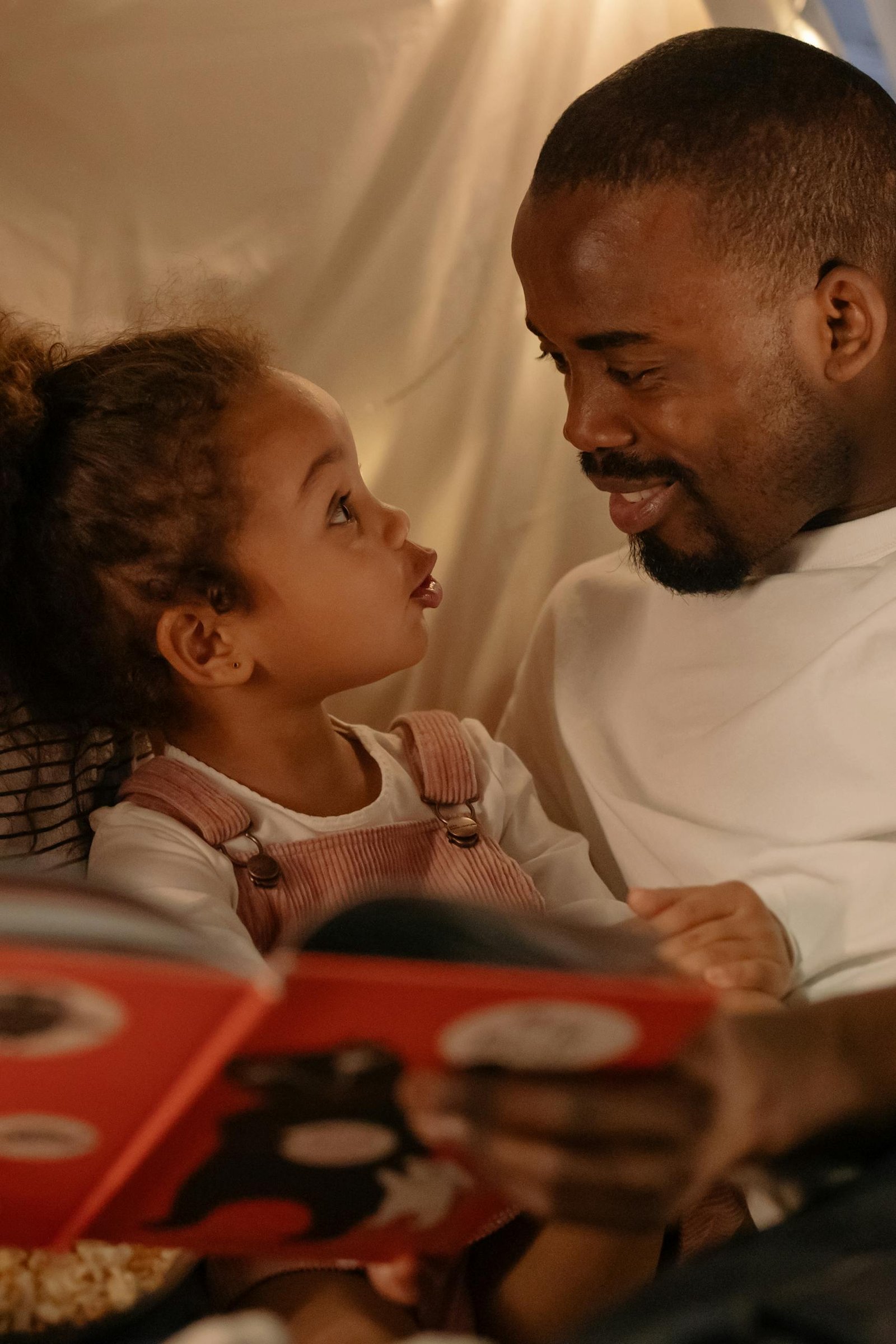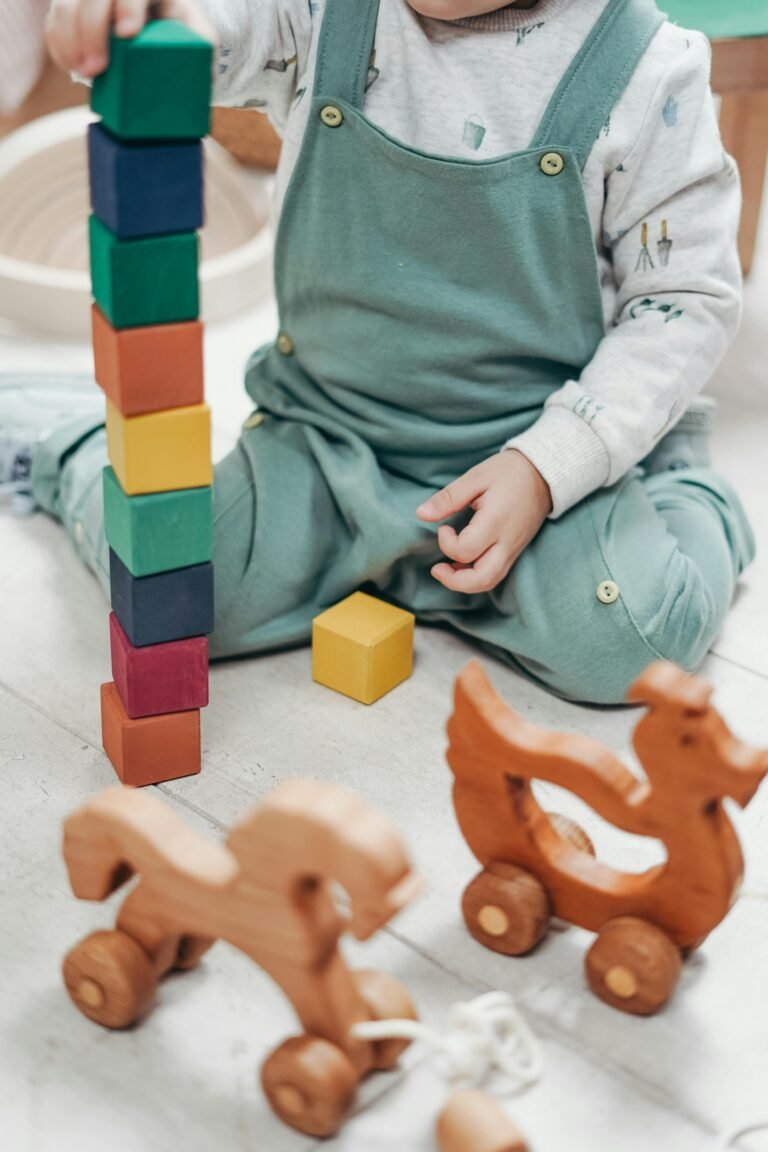
Hey there, Amazing Parents,
Let’s talk heart-to-heart about communication. That deep desire to connect with your child, to understand their world and have them understand yours – it’s powerful. When your child is autistic, their path to communication might look different, and the journey toward speech can bring a unique mix of emotions. You might be celebrating every sound, while also holding a quiet worry, or even a profound fear: What if my child doesn’t learn to speak? What if they remain nonverbal?
Please know, if that thought resonates with you, you are seen. It’s a heavy thought, often wrapped in layers of love, hope, and concern for your child’s future. As a Board Certified Behavior Analyst (BCBA) who has walked alongside many families navigating this, I want to offer not just strategies, but also understanding and a focus on what truly matters: connection.
The wonderful truth is that communication is SO much broader than just spoken words. And there are beautiful, effective ways, rooted in the positive principles of Applied Behavior Analysis (ABA), to nurture that connection and help your child express themselves, regardless of how much they eventually speak. Let’s explore them together.
Seeing the Whole Picture: Your Child’s Unique Communication
Before diving into strategies, let’s pause and honor your child’s current way of communicating. Every child develops uniquely, and for autistic children, their journey is entirely their own. Sometimes, milestones look different, and that’s okay.
While we look for general communication markers (like babbling, gestures, responding to names, using early words), it’s crucial to hold this gently. These aren’t pass/fail tests. They are simply guides that help us know when extra support might be beneficial.
- Minimal babbling by 9 months?
- Limited pointing or waving by 12 months?
- Not consistently turning to their name by 12 months?
- Few or no spoken words by 18 months?
- Difficulty imitating sounds or words?
If you see some of these, it’s information, not a judgment. It might mean exploring support from professionals like Speech-Language Pathologists (SLPs), developmental pediatricians, or BCBAs. It might also mean that your child’s primary way of communicating might develop differently. And that is okay. Our goal is to meet them where they are and build from there, celebrating their voice, whatever form it takes.
Nurturing Connection: Everyday Strategies for Every Voice (ABA-Informed)
These strategies focus on enriching your interactions and encouraging any form of communication attempt – a sound, a glance, a gesture, pointing to a picture, or a word.
- The Power of Play (Follow Their Joy!)
- Why it works (ABA Angle): Motivation is king! Learning blossoms when kids are genuinely engaged. By joining their preferred activities (even if it’s lining up cars or watching the fan!), you enter their world and build trust. Language (spoken or signed) linked to their passions becomes meaningful.
- Try this: Get on their level. Narrate what they are doing using simple language (“Spin, spin, spin,” “Car goes fast,” “Blocks up!”). Respond enthusiastically to their nonverbal cues – if they look at something, label it! If they lead you somewhere, acknowledge their intent (“You want the door open!”).
- Model Communication, Simply & Often
- Why it works (ABA Angle): Consistency builds understanding. We pair communication (words, signs, pictures) with actions, objects, and outcomes. Simple, clear models are easier to process.
- Try this: Use core words (“more,” “open,” “help,” “eat,” “all done”) consistently throughout the day. Pair the word with the action AND maybe a simple gesture or picture. Exaggerated tone and facial expressions add fun and clarity.
- Show & Tell: Visuals Make Language Concrete
- Why it works (ABA Angle): Visuals are often a strength for autistic learners. They are permanent and consistent, unlike spoken words that disappear. They bridge understanding and expression.
- Try this: Use picture cards for choices (“Juice or Milk?”), routines (First Play, Then Snack), or needs (“toilet,” “help”). Point to the visual as you say the word. This isn’t just about speech; it’s about understanding and giving them a tool to express themselves now.
- Music & Rhyme: The Rhythm of Learning
- Why it works (ABA Angle): Music provides repetition, rhythm, and predictability. It slows down language and can be incredibly engaging, making sound-making or action-imitation feel less demanding.
- Try this: Sing familiar songs, pausing playfully before key words or actions (“Twinkle, twinkle little…”). Celebrate any participation – a smile, a wiggle, a sound!
- Celebrate Every Attempt (Shaping Communication)
- Why it works (ABA Angle): ABA’s “shaping” means reinforcing small steps toward a bigger goal. For communication, this means celebrating any effort to convey a message – a grunt towards the fridge, reaching for a toy, looking at you then the desired object.
- Try this: If your child reaches and vocalizes for a snack, beam! “Oh, you want the cracker! Yes, cracker!” You acknowledge their attempt, model the word, and honor their communication. This builds confidence and shows them their efforts work.
- Motivation is Magic (Connecting Wants with Communication)
- Why it works (ABA Angle): When a communication attempt (sound, point, sign, word) reliably gets them something they really want (a favorite toy, a hug, escape from a non-preferred task), that communication method gains immense power.
- Try this: Use those highly desired items! Pause before giving the tickle, the push on the swing, the piece of fruit. Model the communication (“More,” “Push,” “Apple,” or point to a picture) and wait expectantly for any attempt before rewarding them with the desired item/activity.
- Face-to-Face First (The Heart of Interaction)
- Why it works (ABA Angle): Communication is social! Responsive human interaction is the richest learning environment.
- Try this: Carve out moments for focused, responsive play and connection, away from screens. Read books, make silly faces, just be with your child, attuning to their cues, verbal or not.
- Embracing Every Voice: The Power of Augmentative & Alternative Communication (AAC)
- This is SO important: If speech is developing slowly, or if it becomes clear that your child may primarily communicate nonverbally, AAC isn’t a Plan B. It’s a valid, powerful, essential Plan A for giving your child their voice.
- Why it’s transformative: AAC (like picture exchange systems – PECS, sign language, robust communication apps on tablets) allows your child to express complex thoughts, feelings, needs, and ideas right now. It reduces frustration, builds autonomy, and deepens connection. Crucially, research shows AAC does not stop speech development; it often supports it.
- What this means for you: Exploring AAC with a qualified SLP or AAC specialist can feel like unlocking a door for both you and your child. It honors their intelligence and their right to be understood. It allows their personality to shine through. It is not giving up; it’s giving them tools. It’s celebrating communication in all its beautiful forms.
Let’s Try a Mini-Experiment in Connection:
This week, focus on responding to one type of your child’s nonverbal communication attempts. Maybe it’s when they take your hand and lead you somewhere.
Your mission: When they do this, stop what you’re doing (if possible), acknowledge it enthusiastically (“Oh, you’re showing me something!”), go with them, and try to interpret and label their need (“You wanted the door open!” or “You want music!”).
Notice: Does acknowledging their nonverbal bid increase their attempts? Does it seem to reduce frustration? Does it create a moment of shared understanding? Reflect on how connection felt, regardless of words spoken.
Your Free Tool: Tracking Communication Growth (All Forms!)
Progress isn’t just about spoken words. Download our Communication Growth Tracker. Use it to jot down new ways your child expresses themselves – a new gesture, pointing to a picture consistently, a new sound approximation, using their AAC device for a new reason. Celebrate all of it.
You Are Enough. Your Child is Amazing.
This journey can feel uncertain, especially when faced with the possibility of your child being nonverbal. Please hold onto this: Your child’s worth is not tied to their ability to speak. Your connection is built on love, presence, and understanding, which transcends spoken words.
If your child primarily uses AAC, gestures, or other means to communicate, celebrate that! Learn their language. Advocate for their voice to be heard and respected. Find joy in the unique ways you connect.
Lean on your support system. Find professionals (SLPs, BCBAs, OTs knowledgeable in AAC) who see and support your child’s total communication. Connect with other parents who understand this specific path – they can be an incredible source of wisdom and comfort.
You are navigating this with incredible love and strength. Keep fostering connection, keep celebrating every step, and know that communication, in all its forms, is beautiful.







